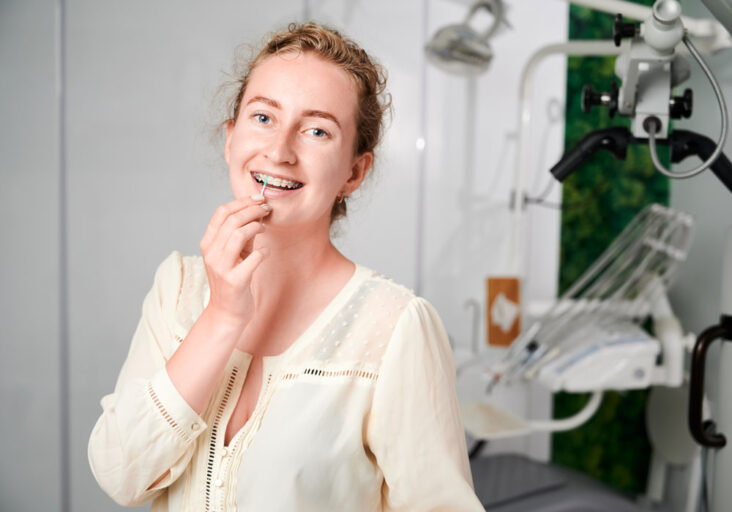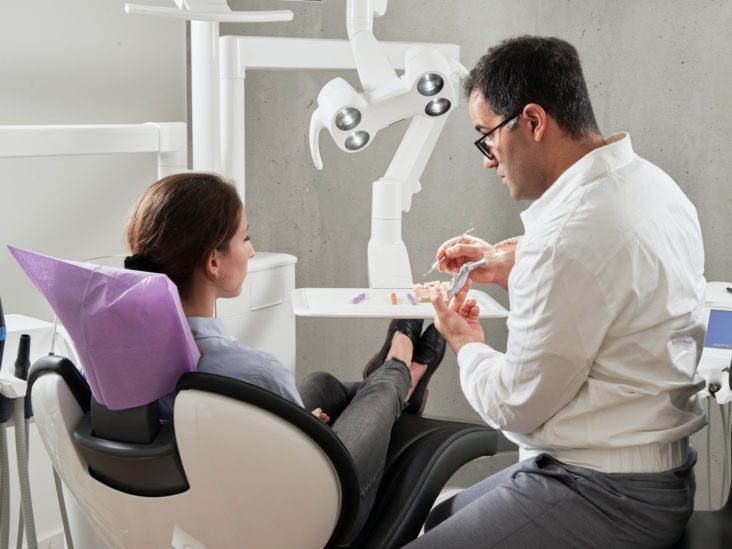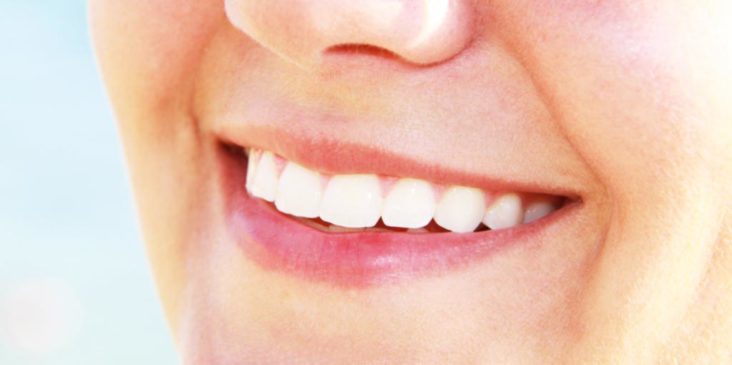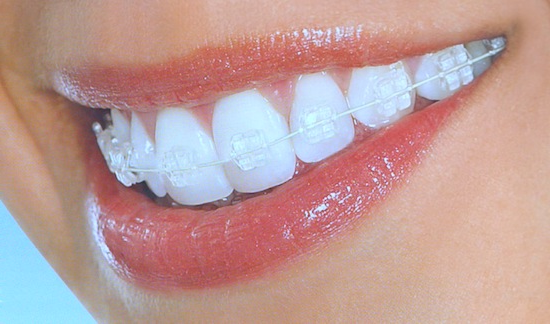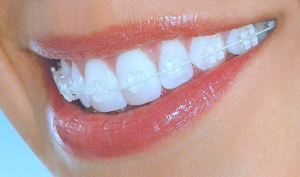Most people often consider teeth straightening at some point in their lives. If you’re reading this, then you probably are too! Not only does getting straight teeth help achieve your desired beautiful smile, but you can also reap other benefits, such as improvement in oral health and the prevention of future oral medical issues that may become costly down the line. Therefore, taking care of your teeth should be an essential ritual as part of any healthy lifestyle.
However, reports have shown that the significant obstacle stopping adults from seeking teeth straightening treatments is that conventional metal braces are noticeable, often sticking out like a sore thumb. Fear not! We are lucky enough to live in this day and age to have a wide variety of options available that are sure to fix those wonky tooths.
Have you ever heard of lingual braces? Lingual braces get their name from being situated on the lingual side of the tooth, thus being on the inside of the mouth towards the tongue.
As a result, they are discreetly hidden from view, providing a smile-straightening effect without the need for the classic train-track style you most commonly associate with the developing teenager phase during high school. Instead, brackets are placed on the back side of the tooth and connected with a wire – all while being completely hidden from view.
Lingual Braces Benefits
Lingual braces are a very popular and practical option for adults looking to straighten their teeth, leaving behind the need for very obvious braces. They are the only type of smile correction device on the market currently that is completely invisible! This makes them ideal for customer-facing professionals and those who don’t want to highlight the fact that they are straightening their teeth.
So, what’s the catch?
Lingual braces aren’t for everyone, but they are a great option for many patients. Like any brace, you are likely to experience some level of discomfort. Recently more companies are making the lingual brace bracket smoother and smaller to add more comfort. Like with any type of orthodontic piece, there is speech to consider. Being close to the tongue, lingual braces can cause a slight lisp. This will vary for each person, but typically this is only a temporary problem as you adjust to the brace.
There is also cost to consider, which can be affected by several factors. Typically, due to the specialist equipment and skill needed to place them, the cost of lingual braces is greater than that of a traditional brace. In addition, the number of brackets needed, the extent of movement required, and the individual cost of each dental clinic can impact the cost of lingual braces. Each practitioner will vary, so meeting with an orthodontist can help you estimate the cost and length of treatment.
Take away
Lingual braces for adults overall make a great choice for many patients, offering an invisible and discreet way to get a perfect smile. They aren’t suitable for everyone, however, and consulting an adult orthodontist is the best way to ensure that they’re the right fit for you and your teeth.




